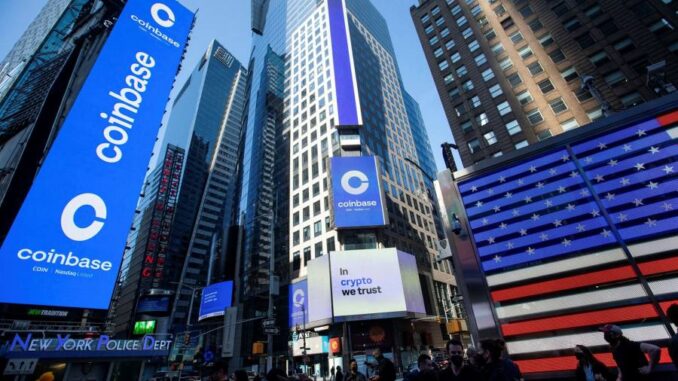
The writer is a bond portfolio manager at Barksdale Investment Management and co-author of ‘Undiversified: The Big Gender Short in Investment Management’
The crash of some of the flagbearers of the equity bubble in recent years has been painful for investors. We have seen “pandemic winner” Netflix dive 75 per cent from 2021 peaks, crypto exchange operator Coinbase plunge 86 per cent and the one-time meme stock and cinema chain AMC lose 80 per cent.
Less noticed are the losses of their bonds. The damage wreaked there is more moderate and offset by coupon payments — a Netflix bond maturing in 2030 has returned a negative 19 per cent from recent peaks, a Coinbase 2031 bond negative 36 per cent and an AMC 2026 bond negative 19 per cent. Some of this is to do with the very different capital structures of the individual companies and risks of the bonds compared with equities.
For hedge funds that profit from arbitrage trades across capital structures, such differences present a playground full of opportunities. But the gaps also illuminate differences in the ownership and return characteristics for stocks versus bonds.
First, the holder base for corporate bonds is largely institutional even though most investment-grade-rated issuance is publicly registered. The publicly registered junk bond is a species bound for extinction, as onerous disclosure requirements and increased time to market push companies towards private placements to institutions. While institutional investors can trade frequently, the day trader concept and associated heightened volatility are largely a retail phenomenon in stocks.
Second, while it is blatantly obvious to say that the return prospects differ for non-distressed bonds and stocks, the maths is a little more nuanced.
Bondholders’ downside risk, like that of shareholders, is unlimited if a company defaults (although in practice, unsecured creditors get an average of 35 cents back for every dollar invested in a defaulted company). But our upside is capped. Bond documents typically include a provision that says a company may choose to repay (or call) a bond prior to maturity and issue new debt at a lower interest rate, meaning the investor won’t necessarily realise much benefit from an improving balance sheet.
That means the sky-high growth forecasts that drove Netflix, Coinbase and AMC stocks to their peaks simply can’t get priced into their bonds. Creditors still suffer from misjudgments but the tyranny of the capped upside saves us from ourselves when growth seems infinite.
Finally, corporate bond performance must be disaggregated into total and excess return. That latter refers to the return of the bond after comparing it with what investors could earn on “risk free” government bonds of similar terms.
So what story do the bonds of Netflix, Coinbase and AMC tell? The “excess” return of Netflix’s 2030 maturity bond is about negative 7 per cent from its November peak. That means more than half of its negative return has to do with the bear market in US Treasuries. Coinbase’s 2031 bond, on the other hand, has had a negative excess return of 28 per cent from November compared with negative 5 excess return for its index benchmark. AMC’s excess return from its June 2021 peak was negative 14 per cent.
The bond market appears relatively more comfortable with the financial strength of Netflix. Coinbase’s 2031 bond, on the other hand, reflects the scepticism that has persisted since it was issued last September. Unusually, the bond traded below par almost immediately — although the stock, and the Bloomberg Bitcoin Index, did not peak until November. It’s not necessarily that creditors were ahead of the game in forecasting crypto’s recent sell-off — rather, we don’t have the equity-like mindset necessary for the crypto bullishness embedded in Coinbase’s peak levels.
Finally, AMC has strengthened its financial position with capital raisings when its shares were surging. But its bonds with a first lien, or claim on company assets, trade at a big premium to debt compared with a second lien. This suggests ongoing concern about the company’s financial prospects.
Who knows where the bonds of these companies will be a year from now? But the crash in the stocks of the companies does raise questions about the logic of the rules that permit individuals to buy shares in Coinbase or AMC but not their unregistered bonds in order to “protect” unsophisticated investors.
Barksdale Investment Management may hold interests in companies mentioned






Be the first to comment